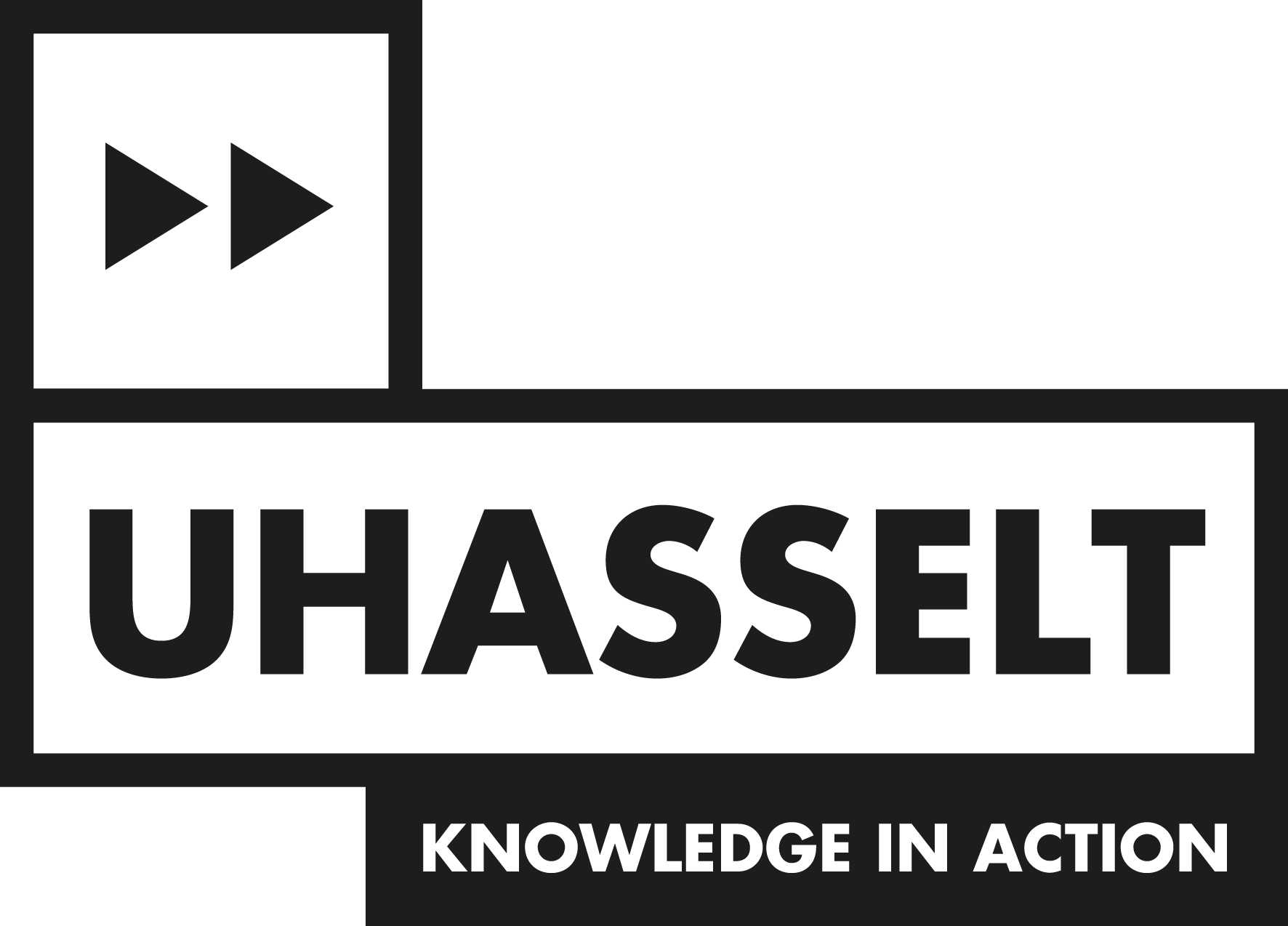Project R-13262
Title
Optimizing non-invasive brain stimulation to improve interlimb coordination by individualizing parameters. (Research)
Abstract
Transcranial electrical stimulation (tES) holds promise for both neuroscience research and clinical applications but is hindered by significant individual variability. This project addresses anatomical and neurophysiological variability to optimize tES and enhance our understanding of motor control. Using current flow modeling, the project investigates what makes accurate models, analyzes anatomical differences across younger and older populations that can affect tES induced electric fields, and develops a prospective dosing strategy that reduces variability in tES induced electric field strength across individuals.
In parallel, neurophysiological studies focus on time-frequency electroencephalography (EEG) dynamics and particularly on movement-related beta desynchronization (MRβD) as a marker of interlimb motor coordination. By targeting MRβD in the right sensorimotor cortex, we aim to identify its role in motor planning and validate its causal significance using individualized beta-band tACS. This work establishes a foundation for precision neuromodulation tailored to individual anatomy and neural dynamics, advancing both research and clinical tES applications.
Period of project
01 November 2022 - 31 October 2026
